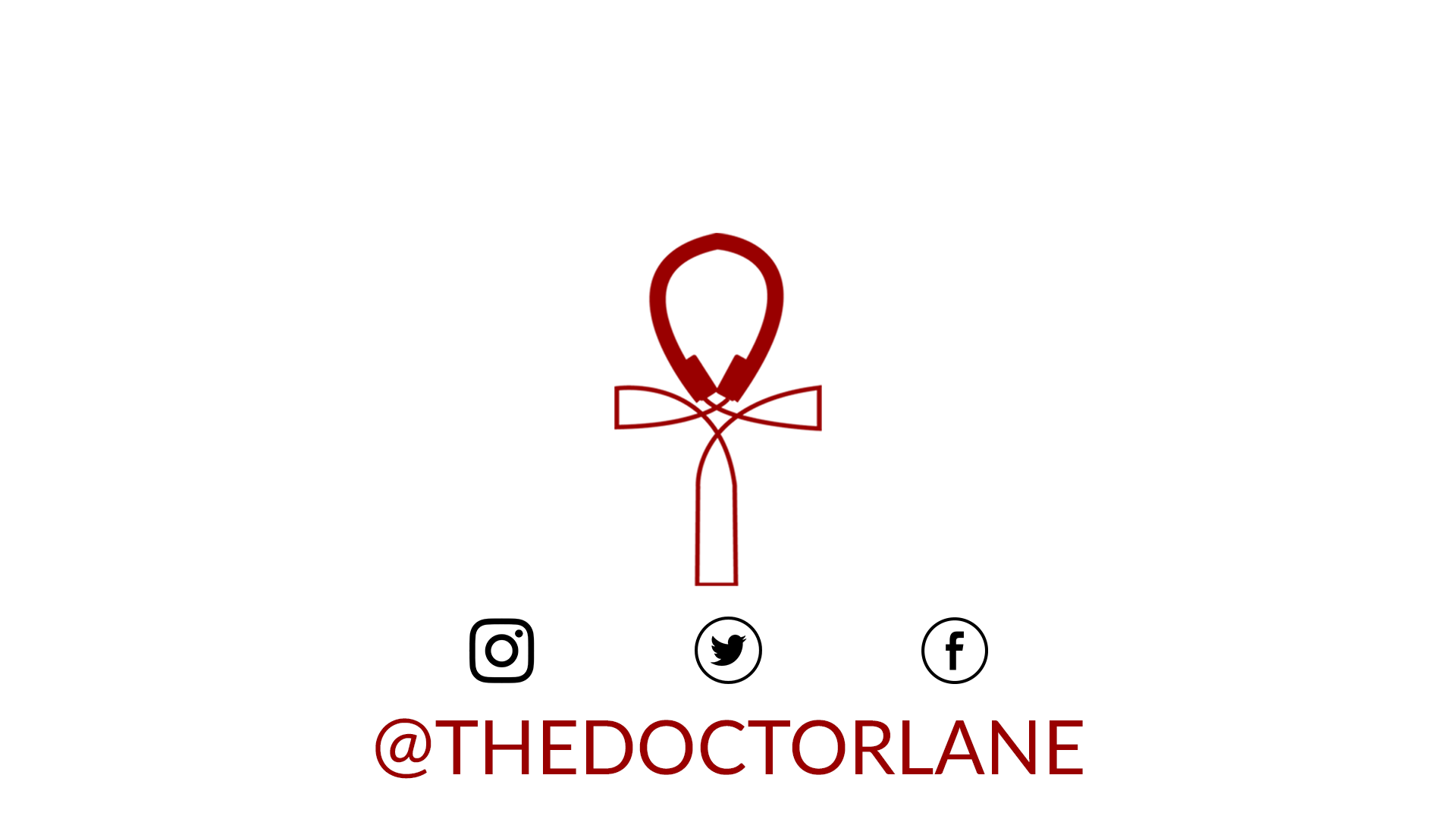Overheard while black
Many of us have been deeply affected by the barrage of police shootings and brutality caught on tape between this week and last. After the past few months of this outlandish amount of (reported on) instances of unjustified (and still sometimes legal) uses of force by police, I am certain that many white people are just down right terrified of black/brown people.
For example, I overheard (and overheard is strong word, she was talking so damn loud I couldn’t even enjoy the mid-afternoon Metro lull) a conversation between a young woman and her date about that time she and her mother survived the “slums of Camden” (I assumed this was what appeared to her to be a predominately working-class neighborhood, probably with black people walking around, but who says “slums” though?!). They had just left a concert and her mom knew a “back way” to get home. Turns out it brought them through the “slums” and “OMG, guess what? A red light!” While stopped, she and her mother were accosted by a scary black man who asked in a none-threatening way “Oh, did the concert just let out?” (and I want you to know that she did her impression of his voice too, he must’ve been from the Jersey by way of Alabama). Turned out he was being “nice, but if it had been me and I was alone, I would’ve blown through that red light!” she finished, laughing.
A couple of things stood out to me, more might stand out to you: (1) You would’ve blown through the red light? Potentially putting folks in harms way (perhaps even killing someone) because you were scared? Scared of what? That sounds like that reserve cop, Robert Bates who shot and killed Eric Harris, a black man because he was scared, “accidentally”; (2) Congratulations, you survived being a black neighborhood. Now what? You gon’ go back? Try to find a cheap little apartment over there?; (3) What exactly was the point of that loud ass story?
Ultimately, there are a lot of white people in this country who are terrified of black people. Waves of white terror(ism) directed at black bodies has occurred many times in our short history as a country: after the Civil War during Reconstruction, after WWI when black soldiers returned home, the 1960s, it happened in the 80s under the Reagan Administration all through the early 2000s with the ‘War on Drugs’, and it’s happening now in our wonderfully “post-racial” America. These waves were often paired with insidious forms of cultural productions (film, cartoons, and other forms of media) which in many ways justified the mistreatment of black people.

Yes, those are people’s kids taking pictures of themselves doing racist things and posting them on social media.
Without some serious political, social, and cultural interventions, what we are experiencing right now in the country will only get worse. I can’t help but wonder if this new wave of violence is connected to the White House potentially being “white” again and the need to remind black people to “stay in our place.”
Whatever it is, if you are reading this and feel so inclined to spout your stories “overcoming” the threat of black people, please don’t. Journal about it and then share that journal with your therapist or something. Stories like that when spouted in public do nothing but contribute to the overall sense of concern (and ever present awareness) that white people may be, for some racist reason, afraid of me. And if that’s what you’re going for, then you’ll succeed; if you’d later say something like, “Oh, I didn’t mean to sound “racist” or anything,” then just don’t say the racist thing in the first place.




.png?resize=329%2C294)



